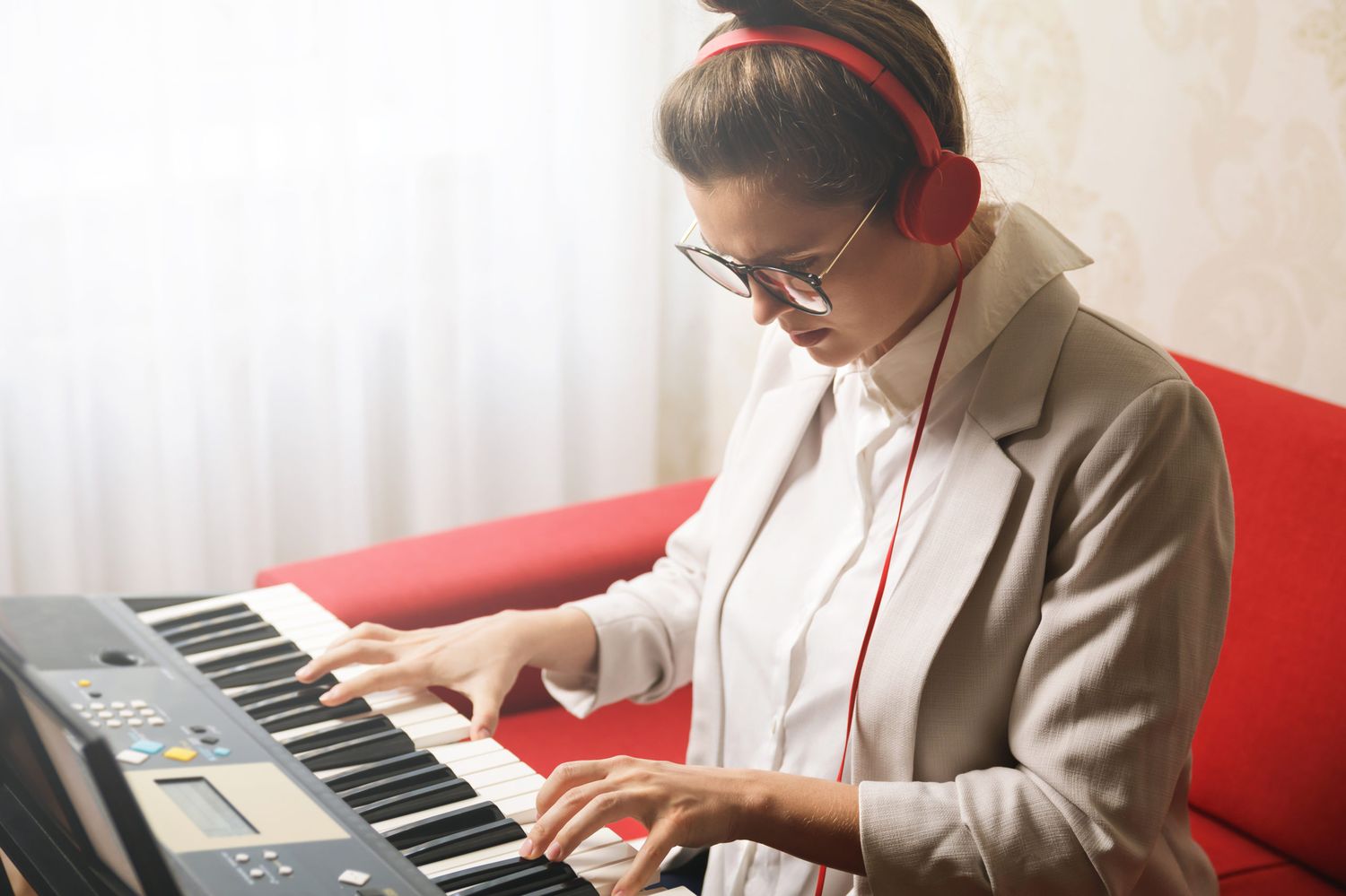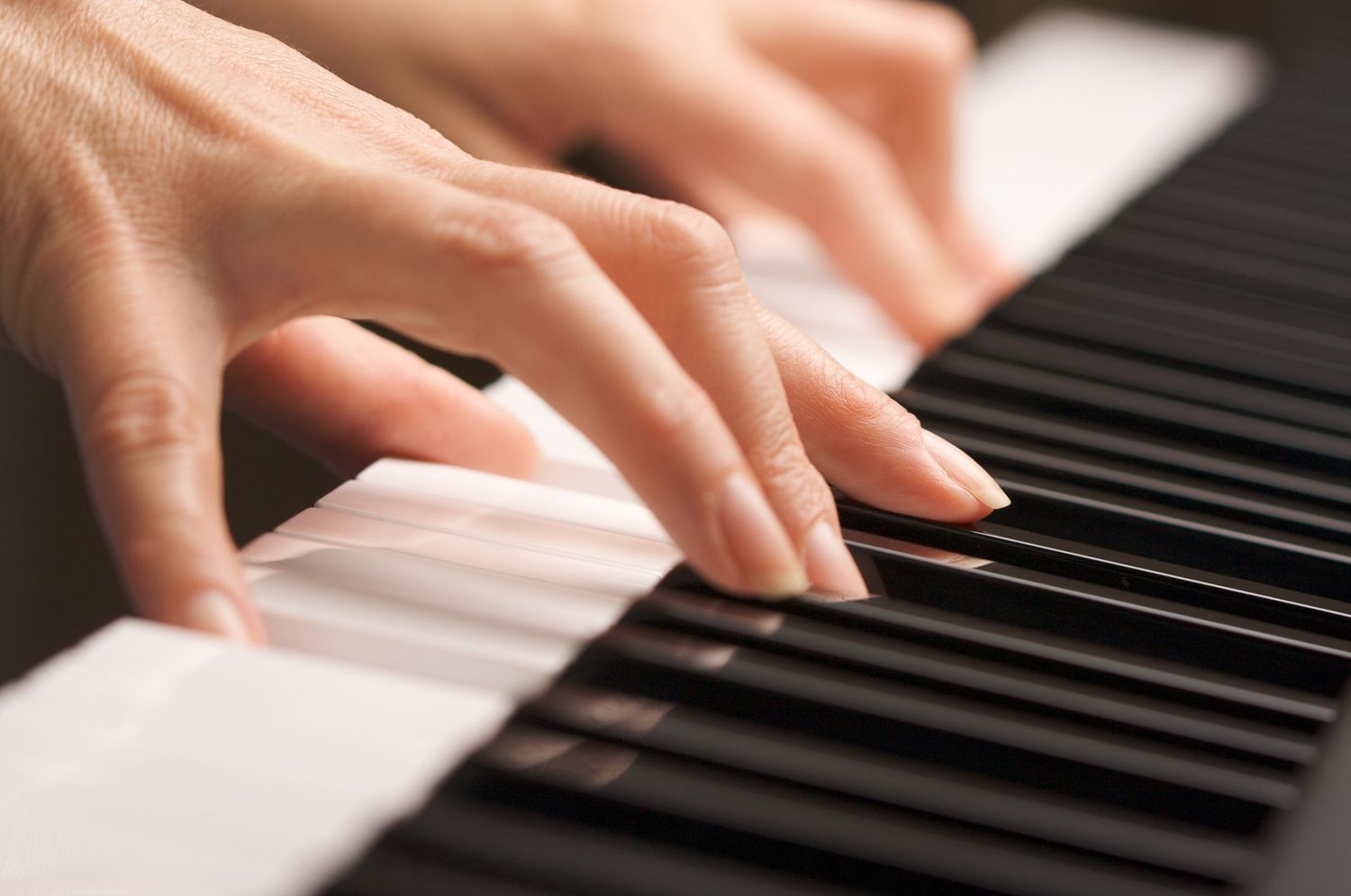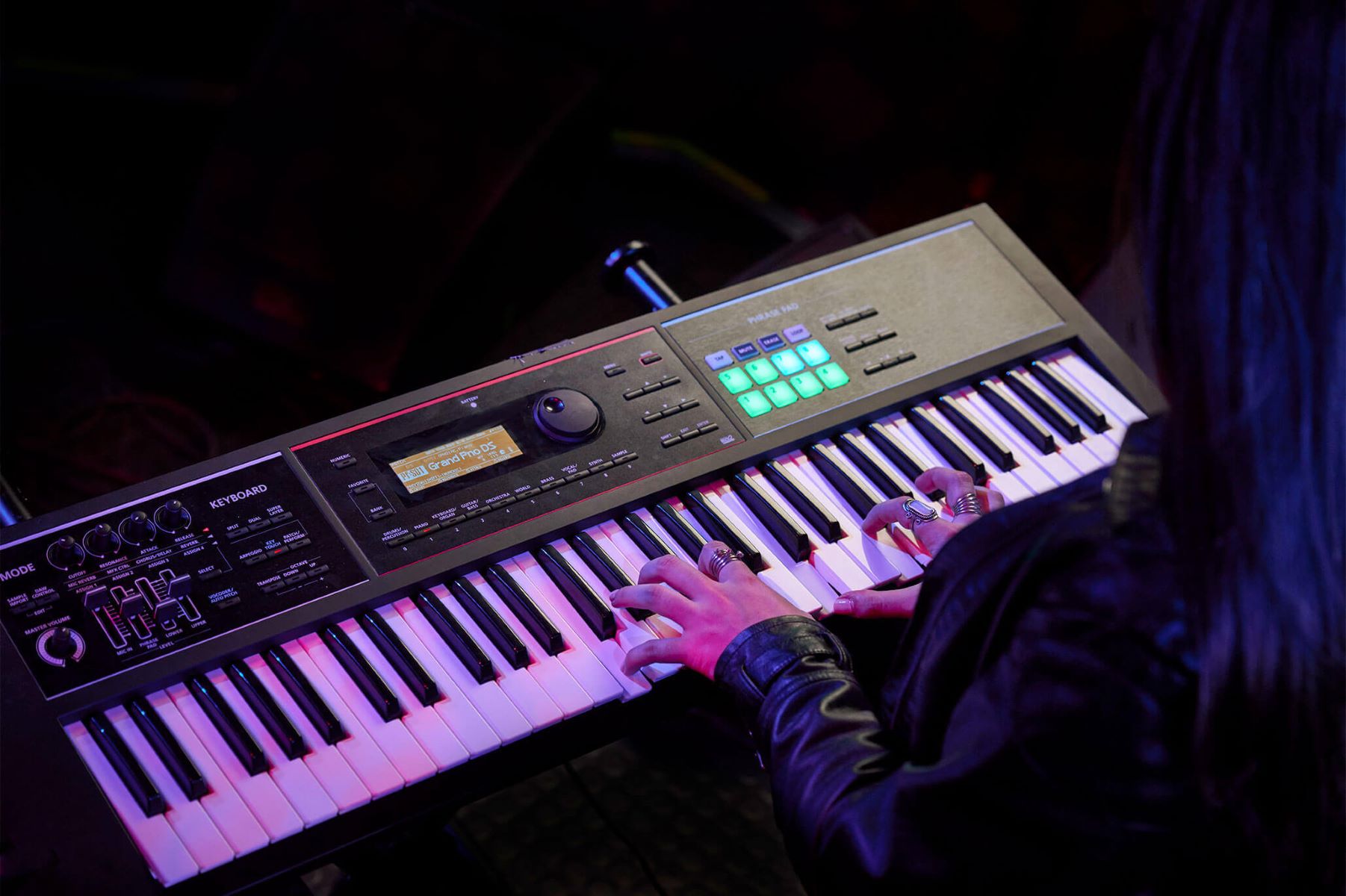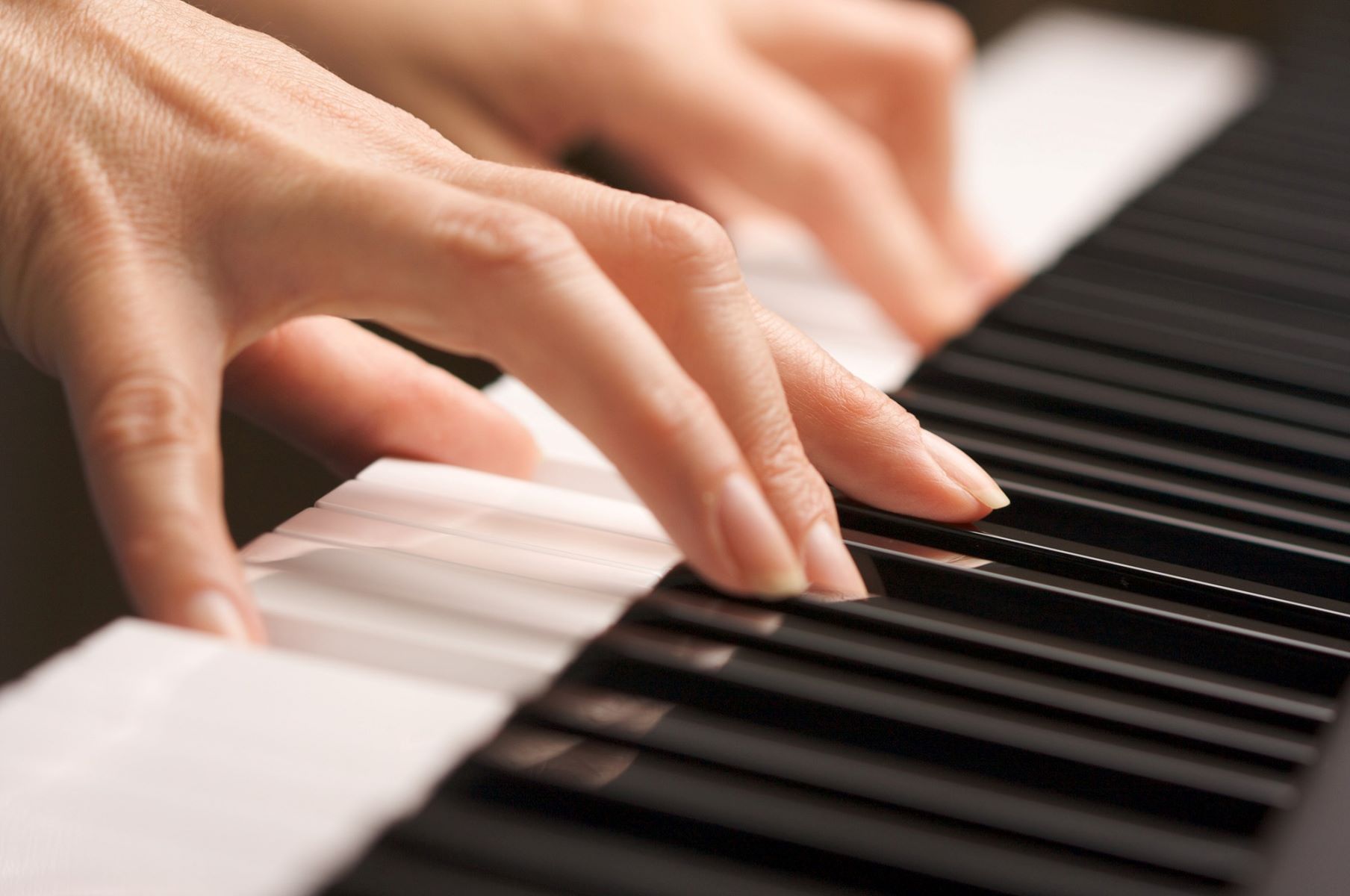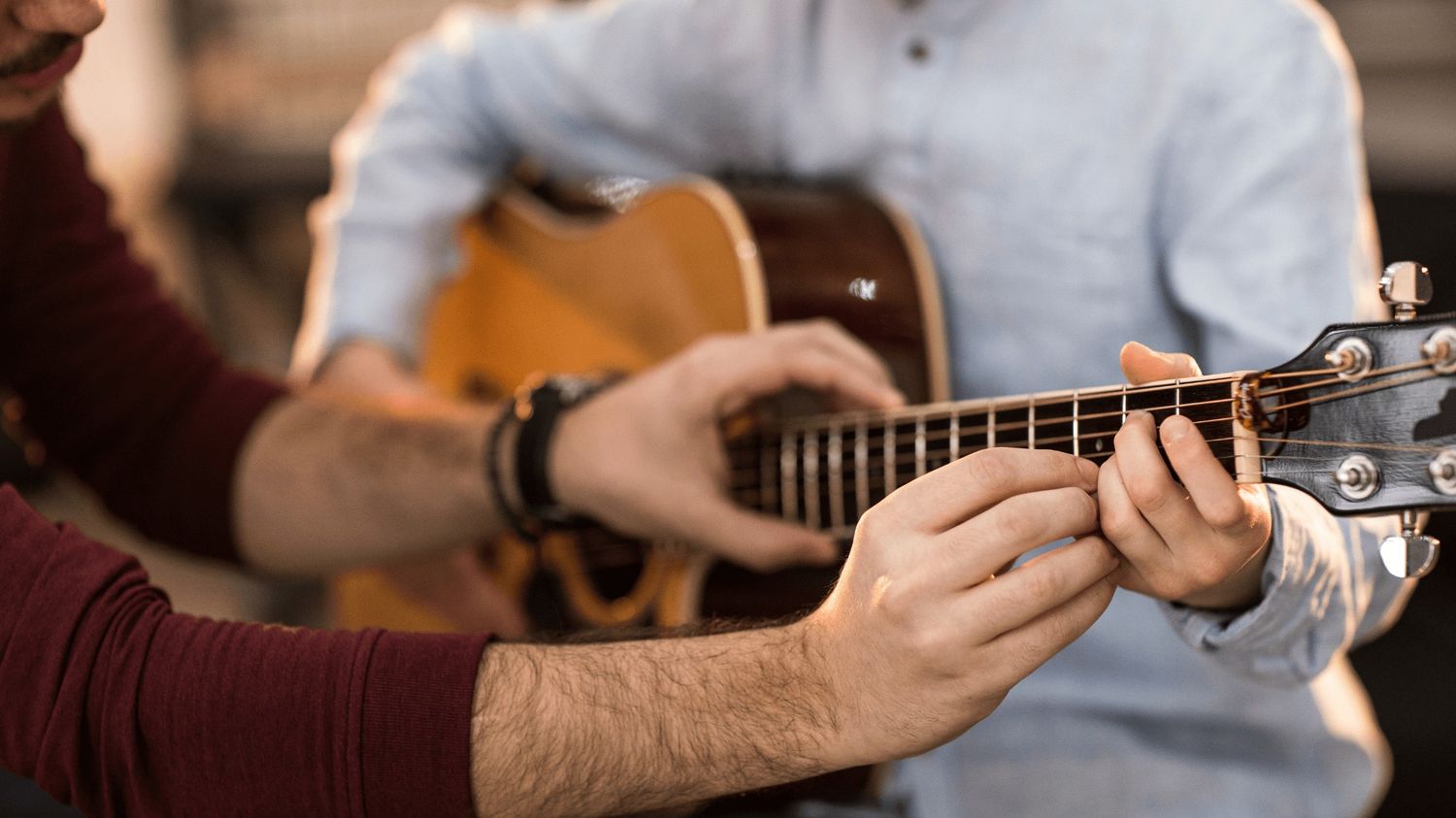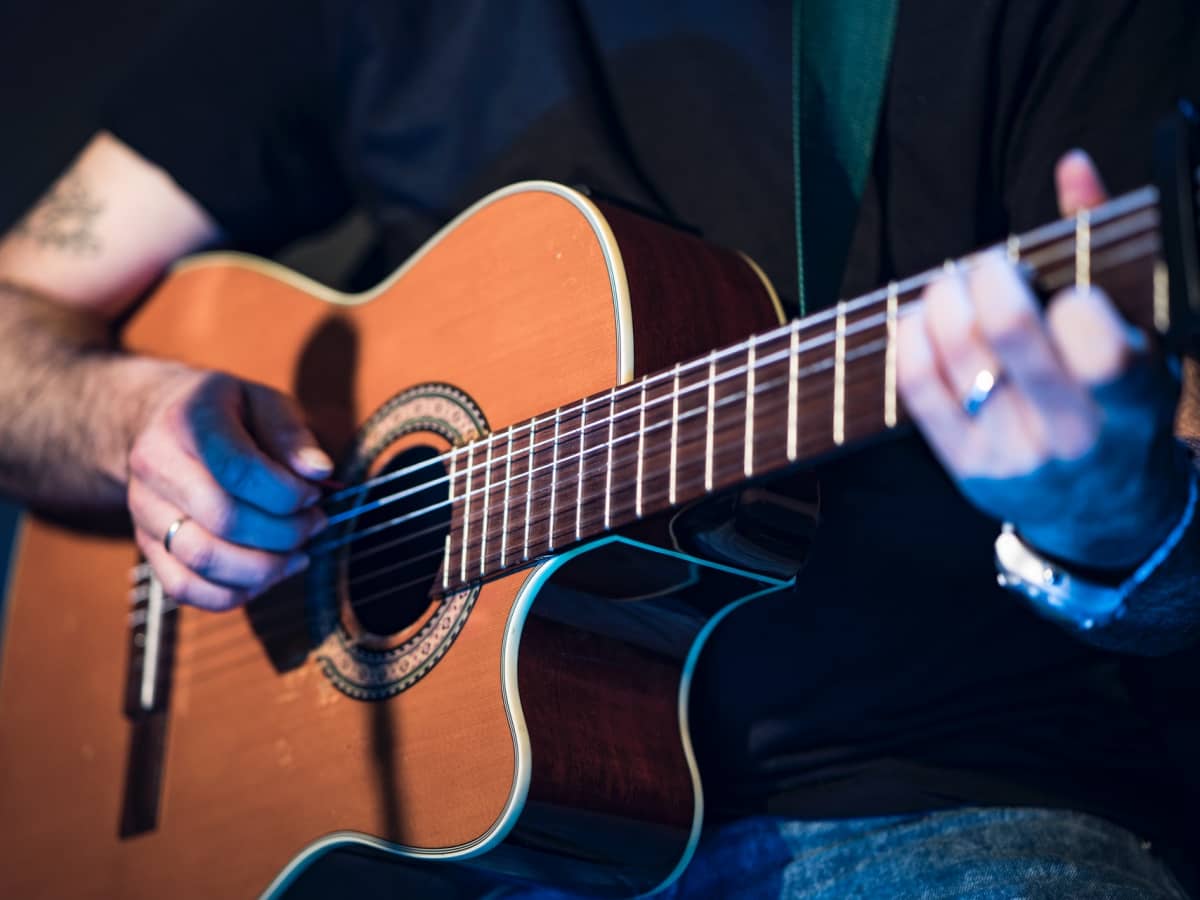Home>Instruments>Guitar>Which Is Easier To Learn: Piano Or Guitar


Guitar
Which Is Easier To Learn: Piano Or Guitar
Published: February 16, 2024
Discover the easier path to musical mastery with our comparison of learning guitar versus piano. Find out which instrument is the best fit for you!
(Many of the links in this article redirect to a specific reviewed product. Your purchase of these products through affiliate links helps to generate commission for AudioLover.com, at no extra cost. Learn more)
Table of Contents
Introduction
Introduction
When it comes to learning a musical instrument, the piano and the guitar stand out as two of the most popular choices. Both instruments have unique characteristics and offer distinct experiences for aspiring musicians. As a beginner, you might be wondering which instrument is easier to learn: the piano or the guitar. This question often sparks lively debates among musicians and music enthusiasts.
Learning to play an instrument is a fulfilling journey that requires dedication, patience, and a genuine passion for music. Whether you’re drawn to the melodic versatility of the piano or the rhythmic allure of the guitar, each instrument presents its own set of challenges and rewards. Understanding the similarities and differences between the piano and guitar, as well as the factors that influence the ease of learning, can help you make an informed decision about which instrument to pursue.
In this article, we’ll delve into the learning curves of the piano and guitar, exploring the unique aspects of each instrument that contribute to their respective levels of difficulty for beginners. By examining various factors such as music theory, physical dexterity, and the availability of learning resources, we aim to provide valuable insights to aid you in choosing the instrument that best aligns with your musical aspirations and learning preferences.
Similarities and Differences Between Piano and Guitar
While the piano and guitar are both esteemed musical instruments, they possess distinct characteristics that set them apart in terms of playability, musical versatility, and learning approaches. Understanding the similarities and differences between these instruments can offer valuable insights for aspiring musicians seeking to embark on their musical journey.
Similarities:
- Both instruments are capable of playing melody, harmony, and rhythm, making them versatile in various musical genres.
- They require an understanding of music theory, including notes, scales, chords, and rhythm.
- Both the piano and guitar offer opportunities for solo performance as well as ensemble playing.
Differences:
- Physicality: The piano is a keyboard instrument, requiring the pianist to press keys with varying degrees of force to produce sound, whereas the guitar involves fretting strings and strumming or plucking to create music.
- Music Notation: The piano uses traditional sheet music notation, while the guitar often incorporates chord charts, tablature, and lead sheets.
- Learning Curve: The initial learning curve for the piano may involve understanding complex hand coordination and reading two clefs simultaneously, while the guitar demands mastery of chord shapes, fingerpicking techniques, and fretboard navigation.
- Instrumental Size: The piano is a large, stationary instrument, while the guitar is portable and lends itself to performance in various settings.
By recognizing these distinctions, aspiring musicians can gain a deeper appreciation for the unique attributes of each instrument, ultimately informing their decision when choosing between the piano and guitar as their primary means of musical expression.
Learning Curve of Piano
Embarking on the journey of learning the piano entails a unique set of challenges and rewards. The instrument’s learning curve is influenced by various factors, including music theory comprehension, physical coordination, and technical proficiency.
For beginners, one of the initial hurdles in learning the piano is mastering hand coordination. The pianist must develop the ability to play different melodies and harmonies with each hand simultaneously, a skill that requires patience and diligent practice. Additionally, reading music notation in two clefs (treble and bass) adds a layer of complexity to the learning process, as it involves interpreting and translating notes and rhythms across both staves.
Furthermore, the piano’s expansive range and polyphonic capabilities offer a rich musical landscape for exploration but also necessitate a comprehensive understanding of scales, chords, and arpeggios. Aspiring pianists must familiarize themselves with music theory concepts to effectively interpret and perform a wide array of musical compositions.
Technical proficiency on the piano involves developing strength and dexterity in the fingers to execute intricate passages and dynamic expression. From mastering scales and arpeggios to navigating complex classical compositions or contemporary pieces, the pianist’s journey is marked by a continuous refinement of technique and musical interpretation.
Fortunately, the availability of comprehensive learning resources, including method books, online tutorials, and interactive learning platforms, empowers aspiring pianists to progress at their own pace and explore diverse musical genres. With dedication and consistent practice, the challenges posed by the piano’s learning curve can be overcome, leading to a deeply rewarding musical proficiency and artistic expression.
Learning Curve of Guitar
The journey of learning to play the guitar encompasses a distinctive learning curve characterized by its own set of challenges and milestones. Aspiring guitarists encounter a blend of technical, theoretical, and physical demands as they navigate the path to proficiency on this beloved string instrument.
One of the initial challenges for beginners lies in developing finger dexterity and strength. Fretting chords and executing intricate fingerstyle or picking techniques demand consistent practice to achieve fluidity and precision. Additionally, mastering the art of strumming and maintaining rhythm adds another layer of complexity to the learning process, requiring a keen sense of timing and coordination.
Understanding chord structures, scales, and music theory is fundamental to unlocking the full potential of the guitar. Aspiring guitarists delve into the world of chord progressions, improvisation, and scale patterns, laying the groundwork for expressive musical fluency and creativity. Furthermore, the ability to read chord charts, tablature, and traditional notation expands the guitarist’s versatility and comprehension of musical compositions.
Exploring various playing styles, such as classical, acoustic, electric, or flamenco, offers a diverse musical landscape for guitarists to immerse themselves in. Each style presents its own techniques and nuances, enriching the guitarist’s musical journey and broadening their artistic horizons.
Fortunately, the guitar’s popularity has led to an abundance of learning resources, including instructional books, online tutorials, and interactive learning platforms. These resources empower aspiring guitarists to progress at their own pace, explore diverse musical genres, and connect with a community of fellow enthusiasts and musicians.
While the guitar’s learning curve presents its share of challenges, the journey is marked by moments of inspiration and accomplishment. With dedication, perseverance, and a passion for music, aspiring guitarists can navigate the learning curve and embark on a fulfilling musical odyssey, ultimately finding their unique voice and expression through this versatile and beloved instrument.
Factors Influencing Ease of Learning
When evaluating the ease of learning the piano or guitar, various factors come into play, shaping the experience and proficiency of aspiring musicians. Understanding these influential elements can provide valuable insights for individuals contemplating their musical journey.
Physicality and Ergonomics: The physical demands of each instrument significantly influence the learning process. The piano requires precise finger dexterity and hand coordination, while the guitar necessitates developing calluses, finger strength, and wrist flexibility for fretting and strumming. The ergonomic aspects of each instrument may resonate differently with individuals based on their physical attributes and comfort levels.
Music Theory and Notation: The depth of music theory understanding and the complexity of notation systems impact the learning curve of aspiring musicians. The piano’s traditional sheet music notation and two-staff reading may present initial challenges, while the guitar’s chord charts, tablature, and lead sheets offer a more accessible entry point for beginners.
Instrumental Versatility and Musical Genres: The musical versatility and genres associated with each instrument influence the learning experience. The piano’s expansive range and polyphonic capabilities make it well-suited for classical, jazz, and contemporary repertoire, while the guitar’s adaptability to various playing styles accommodates genres ranging from folk and blues to rock and metal.
Learning Resources and Community: The availability of comprehensive learning resources, including method books, online tutorials, and interactive platforms, can significantly impact the ease of learning for aspiring musicians. Additionally, the presence of a supportive community and access to experienced instructors can enhance the learning experience and provide valuable guidance and encouragement.
Personal Motivation and Musical Aspirations: Ultimately, an individual’s intrinsic motivation and musical aspirations play a pivotal role in navigating the learning curve of the piano or guitar. Passion for a specific musical genre, artistic expression, or creative outlet can fuel the dedication and perseverance required to overcome challenges and achieve proficiency on the chosen instrument.
By considering these influential factors, aspiring musicians can gain a nuanced understanding of the dynamics that shape the ease of learning the piano or guitar, ultimately guiding them toward a fulfilling and resonant musical pursuit aligned with their preferences and aspirations.
Conclusion
Aspiring musicians embarking on the journey of learning a musical instrument are often faced with the pivotal decision of choosing between the piano and guitar. Both instruments offer unique experiences, challenges, and opportunities for artistic expression, shaping the musical paths of individuals in distinctive ways.
While the piano presents initial challenges in hand coordination, music notation, and technical proficiency, its expansive range and polyphonic capabilities offer a rich landscape for musical exploration and interpretation. The guitar, with its emphasis on finger dexterity, chord structures, and rhythmic coordination, provides a versatile platform for diverse playing styles and creative expression.
Understanding the influential factors that shape the ease of learning, including physicality, music theory comprehension, instrumental versatility, and personal motivation, can empower aspiring musicians to make informed decisions aligned with their musical aspirations and learning preferences.
Ultimately, the choice between the piano and guitar is deeply personal and resonates with the individual’s passion for musical expression. Whether drawn to the melodic grandeur of the piano or the rhythmic allure of the guitar, aspiring musicians are encouraged to embrace the instrument that ignites their creativity and fuels their musical journey with inspiration and fulfillment.
Regardless of the chosen instrument, the pursuit of musical proficiency is a rewarding odyssey marked by dedication, perseverance, and the joy of artistic expression. Whether navigating the piano’s intricate compositions or exploring the guitar’s diverse playing styles, aspiring musicians are poised to embark on a transformative and enriching musical journey, embracing the instrument that resonates with their soul and musical aspirations.


